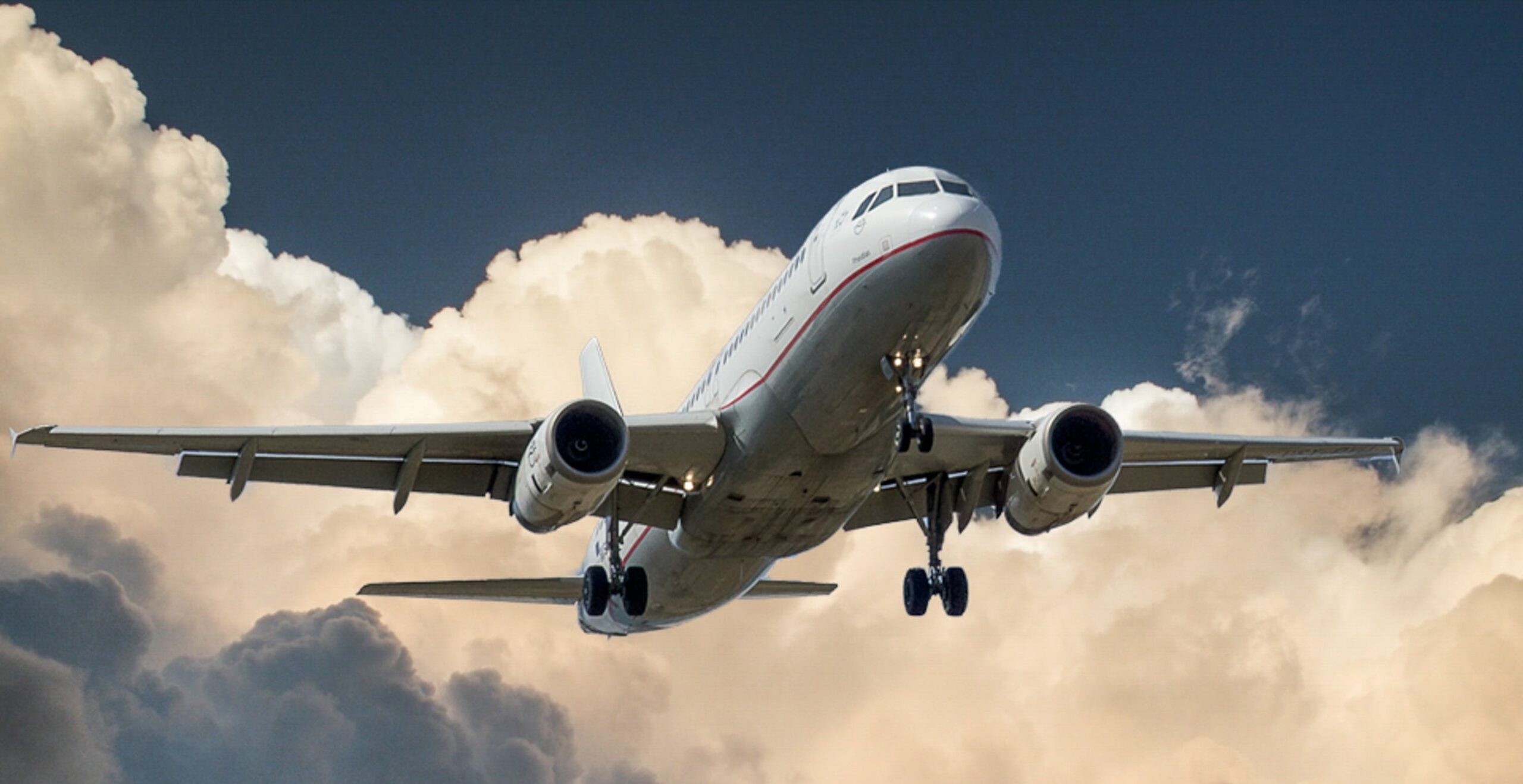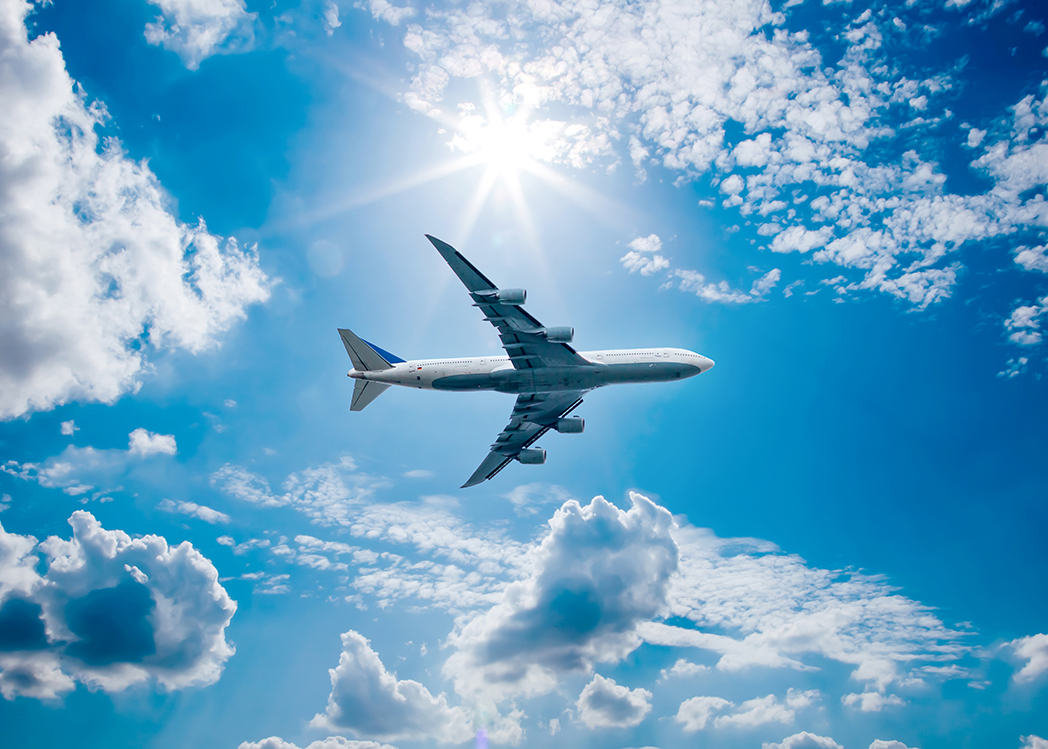
Jadayel Aviation
Thank you very much for your support, co-operation and, mutual aid.

CORSIA stands for the Carbon Offsetting and Reduction Scheme for International Aviation. It is a global program established by the International Civil Aviation Organization (ICAO) to address the carbon emissions from international aviation. CORSIA aims to achieve carbon-neutral growth in the aviation industry from 2020 onwards by requiring airlines to offset any increase in emissions above a certain baseline level through the purchase of carbon offsets.
Normec Verifavia provides essential CORSIA verification services for aircraft operators, ensuring compliance with environmental regulations.
Aviation contributes about 2.5% to 3% of global emissions, with international flights accounting for 1.3%.
Recognizing the urgency, ICAO set ambitious goals in 2010: a 2% annual improvement in fuel efficiency and achieving carbon-neutral growth from 2020. Unlike the EU ETS’s cap-and-trade approach, ICAO opted for the Carbon Offsetting and Reduction Scheme for International Aviation (CORSIA) to offset, not directly reduce, airline emissions.
CORSIA Explained:
ICAO has decided on a phase-in implementation to accommodate special circumstances and respective capabilities (SCRC) of contracting States. The scheme will be voluntary at the beginning, followed by participation of all States except the exempted States.
The scheme uses “sectoral” and “individual” rates to calculate the growth of emissions.
The “sectoral rate” represents the international aviation sector’s global average growth factor of emissions in a given year, while the “individual rate” represents an individual operator’s growth factor of emissions in a given year.
The sectoral and individual rates will transition:
Ensure adequacy of scope, verification activities, and timeframe.
Understand the operator’s organization and assess CORSIA management systems.
Develop a plan detailing verification activities and data analysis procedures.
Analyze data, identify issues, and maintain a log for resolution with the operator.
Evaluate findings, draft opinions, compile evidence into the internal report, and undergo independent technical review before issuing a final verification statement.
For the initial offsetting cycle (2021-2023), verify the cancellation report provided by the operator to ensure compliance.
Market-based measures (MBM) refer to the financial settlement related to aviation CO2 emissions. Types of MBM include: emissions trading, emission related levies and emissions offsetting; all of which aim to contribute to the achievement of specific environmental goals, at a lower cost, and in a more flexible manner, than traditional command and control regulatory measures.
Paragraph 10 of Assembly Resolution A41-22 delineates the scope of CORSIA offsetting, focusing on routes between States to mitigate market disparities among aircraft operators along the same routes. The principle is to ensure equitable treatment of all aircraft operators on a specific route.
Here are the specifics:
When calculating CO2 emissions covered by CORSIA offsetting within a given year, aircraft operators must consider emissions from operations on all routes covered by the scheme, as outlined in paragraph 10 of the Assembly Resolution.
It is important to note that the applicability of CORSIA offsetting requirements and CORSIA monitoring, reporting, and verification (MRV) requirements differs. Even if an international flight is not subject to offsetting requirements, it remains subject to MRV requirements.
Learn more here.
The Environmental Technical Manual (ETM) adheres to the traditional ICAO Standards and Recommended Practices (SARPs) framework, where SARPs are supported by guidance material for implementation. SARPs delineate the required actions for States or operators to execute CORSIA, defining the “what” and “when” aspects. In contrast, Volume IV of the ETM provides guidance on the procedural aspects (“how”) of implementing CORSIA, offering a comprehensive framework for effective implementation.
CORSIA’s MRV (Monitoring, Reporting, and Verification) system comprises three main components:
Monitoring of CO2 Emissions:
CO2 emissions monitoring can be conducted either through the Fuel Use Monitoring Method or by utilizing the ICAO CORSIA CERT. In the former method, each operator must gather precise data on fuel usage per flight and compute CO2 emissions by multiplying the fuel consumption by a conversion factor representing the CO2 produced per tonne of fuel used. Aeroplane operators are obligated to outline their approach to CO2 emissions monitoring in an Emissions Monitoring Plan, which is then submitted for approval by the respective State.
Reporting of CO2 Emissions:
Following the monitoring and calculation of CO2 emissions, aeroplane operators are required to report pertinent information to their State Authority, which in turn transmits the data to ICAO using standardized templates and procedures. ICAO aggregates the CO2 emissions data, computes the annual Sectoral Growth Factor, and communicates this factor to the States.
Verification of CO2 Emissions Information:
The verification process ensures the accuracy and integrity of the data collected. Essentially, a third party verifies that all procedures have been carried out correctly, akin to the auditing practices commonly employed in financial contexts.
Following COVID 19, ICAO revised its baseline calculation and announced only the emissions from the year 2019 will be considered for baseline.
For the pilot phase (2021-2023): the total CO2 emissions covered by CORSIA in 2019; and
For the first and second phases (2024-2035): 85% of the total CO2 emissions covered by CORSIA in 2019.
CORSIA verification ensures compliance with international aviation emissions regulations. It involves independent assessment to verify emissions data accuracy and adherence to CORSIA standards, contributing to global efforts in offsetting and reducing carbon emissions.
CORSIA verification benefits airlines by ensuring adherence to environmental regulations, avoiding penalties, and fostering a positive industry reputation. It enhances emissions management systems, aligning with global standards and emphasizing transparency and accountability.
Accredited CORSIA verifiers adhere to global standards, providing assurance of competence and reliability. Accreditation signifies expertise, experience, and a commitment to following established procedures, ensuring thorough and credible verification of emissions data for the aviation industry.
The Least Developed Countries (LDCs) is a list of the countries that, according to the United Nations, exhibit the lowest indicators of socioeconomic development, with the lowest Human Development Index ratings of all countries in the world. A country is classified among the Least Developed Countries if it meets three criteria:
Small Island Developing States (SIDS) are low-lying coastal countries that tend to share similar sustainable development challenges, including small but growing populations, limited resources, remoteness, susceptibility to natural disasters, vulnerability to external shocks, excessive dependence on international trade, and fragile environments. Their growth and development are also held back by high communication, energy and transportation costs, irregular international transport volumes, disproportionately expensive public administration, and infrastructure due to their small size, and little to no opportunity to create economies of scale.
The SIDS were first recognized as a distinct group of developing countries at the United Nations Conference on Environment and Development in June 1992.
Lack of territorial access to the sea, remoteness and isolation from world markets and high transit costs continue to impose serious constraints on the overall socio-economic development of landlocked developing countries. Their sea-borne trade unavoidably depends on transit through other countries. Additional border crossings and long distances from the market substantially increase the total expenses for transport services.
The economic performance of landlocked developing countries reflects the direct and indirect impact of the geographical situation on key-economic variables. Landlocked developing countries are generally among the poorest of the developing countries, with the weakest growth rates, and are typically heavily dependent on a very limited number of commodities for their export earnings. Moreover, of the 32 landlocked developing countries, 17 are classified as least developed.
The remoteness from major world markets is the principal reason why many landlocked developing countries have not been very successful in mitigating consequences caused by their geographical handicap as compared to landlocked countries in Europe. Landlocked developed countries of Europe are surrounded by major developed markets and their seaborne trade accounts for a relatively small part of their external trade. Their export is mainly high-value-added products and their distance from the seaport is relatively short.